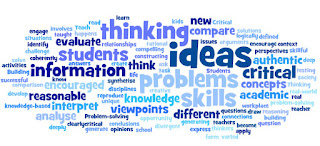How to Improve General Knowledge
1. Practice the 4 center abilities
Understudies ought to guarantee that they make utilization of every one of their faculties to enhance their general information. They should hone the 4 center abilities to be specific; perused, watch, tune in and address similar people if conceivable. As this will upgrade ones general mindfulness.
People should read daily papers, diaries, magazines or books that will enhance their insight. Experiencing the games segment can help construct your general learning about the honors, it acquaints one with well known games identities at display and in hundreds of years yet from around the globe. Aside from this you can even read past issues of business magazines (from January 2012) or ones that are preceding the present year. While perusing focus on the headliners in the corporate world. It influences you to acknowledge how wounds regardless of whether minor can influence ones execution in a specific game.
Individuals should watch instructive stations, for example, Discovery Channel, National Geographic Channel, the History Channel, Animal Planet and so on that will help your general information. To think about the present issues watching news channels, for example, BBC World and so forth will stay up with the latest with the present happenings. GK questions like nations, capitals, monetary forms, developments and disclosures in science can be exceptionally useful. Notwithstanding watching general learning test rivalries can enhance your G.K.
A decent begin to enhance your insight into India is by going by www.india.gov.in which has data about the most recent happenings in the nation. Having data about associations/affiliations like the UN and its partner organizations, for example, ASEAN, SAARC, NATO, BRICS and so forth can turn out to be exceptionally useful. Aside from this even a decent information about the stocks can help.
Tackling cross word riddles can likewise help in enhancing ones general learning. Since we are living in an innovation driven works even on-line tests are accessible. So attempt to unravel them as this also can help with building up your general learning.
6. Get comfortable with the general ideas utilized
Saving money competitors need to acquaint themselves with the general managing an account ideas used to enable them to perform well in the selection tests, subsequently perusing business magazines or business and land supplements can help you to enhance your general keeping money vocab for example.
These are few hints that can help understudies in their planning for exams that survey ones general information and general mindfulness. Aside from these people even those people who basically wish to improve their general mindfulness remain to profit by these tips too.
Post Writing By Azher Tipu
Click Here


































